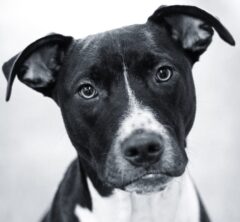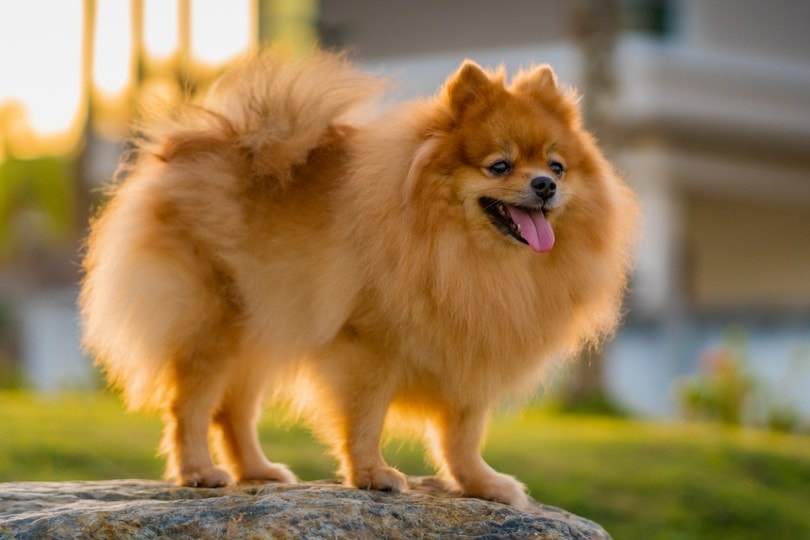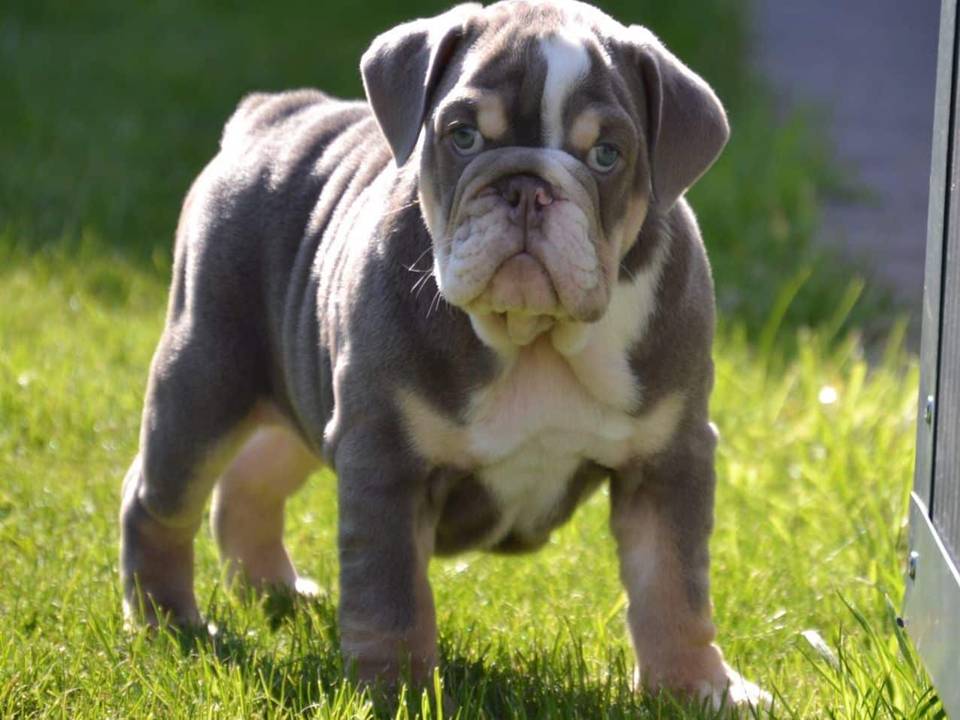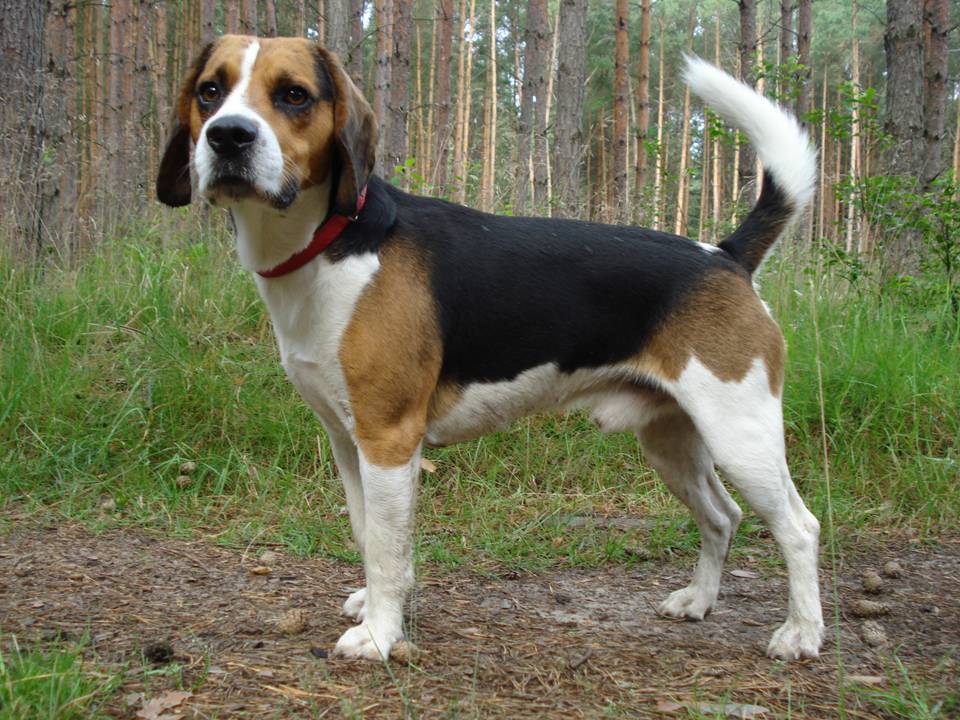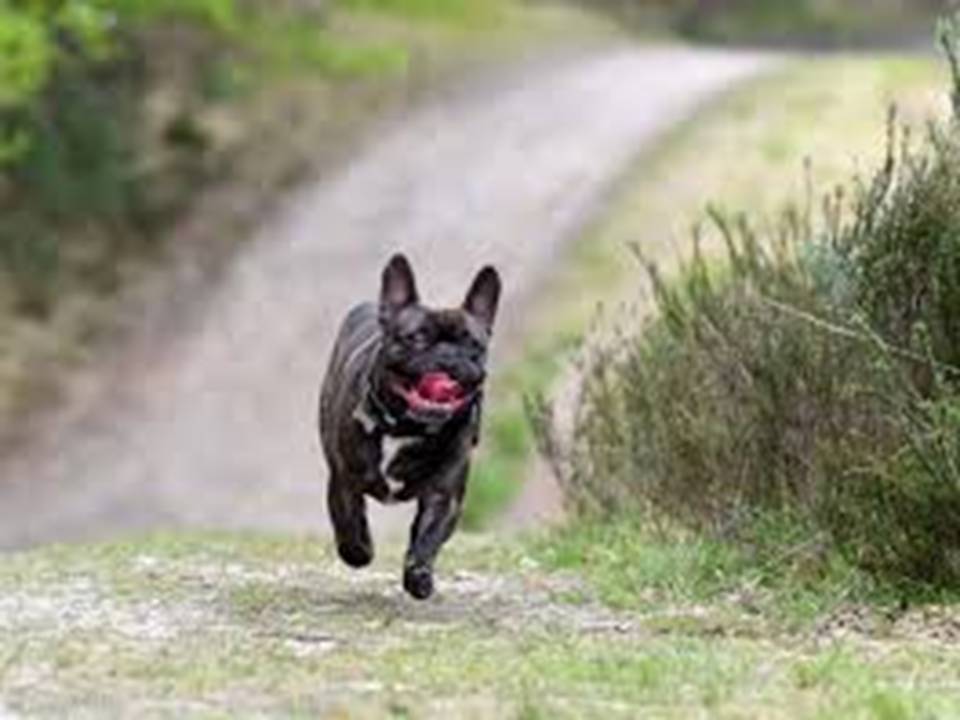The Pomeranian also known as a “Pom”
The Pomeranian dog, often called a “Pom,” is a small, fluffy dog breed. People love it for its lively personality, thick coat, and fox-like face. Despite its tiny size, the Pomeranian dog has a rich history. This history connects it to royalty and aristocracy. The breed comes from the Pomerania region in Europe, which gives it its name. Over time, selective breeding shaped it into the beloved companion we know today.
Origins in Pomerania
The Pomeranian dog gets its name from Pomerania, a historical region along the Baltic Sea. Today, this area includes parts of Poland and Germany. In the past, larger spitz-type dogs lived in this region. These dogs were likely the ancestors of modern Pomeranians. Early Pomeranians weighed between 20 and 30 pounds. They worked as herding dogs, sled pullers, and home guardians.
The Pomeranian dog belongs to the Spitz family. This group includes breeds like the Samoyed, Keeshond, and Alaskan Malamute. Spitz dogs share traits like pointed ears, thick fur, and bushy tails that curl over their backs. These dogs thrived in northern Europe’s harsh climates. Their dense double coats protected them from the cold, and their hardy nature made them excellent working dogs.
Royal Influence and Miniaturization
The Pomeranian’s transformation from a working dog to a small lapdog owes much to European royalty. Queen Victoria of England played a key role. In the 18th century, the breed gained popularity in European courts. But Queen Victoria’s influence in the 19th century truly changed the breed.
In 1888, Queen Victoria visited Italy and met a small Pomeranian dog named Marco. At the time, most Pomeranians were still larger, but Marco weighed only 12 pounds. Queen Victoria fell in love with the
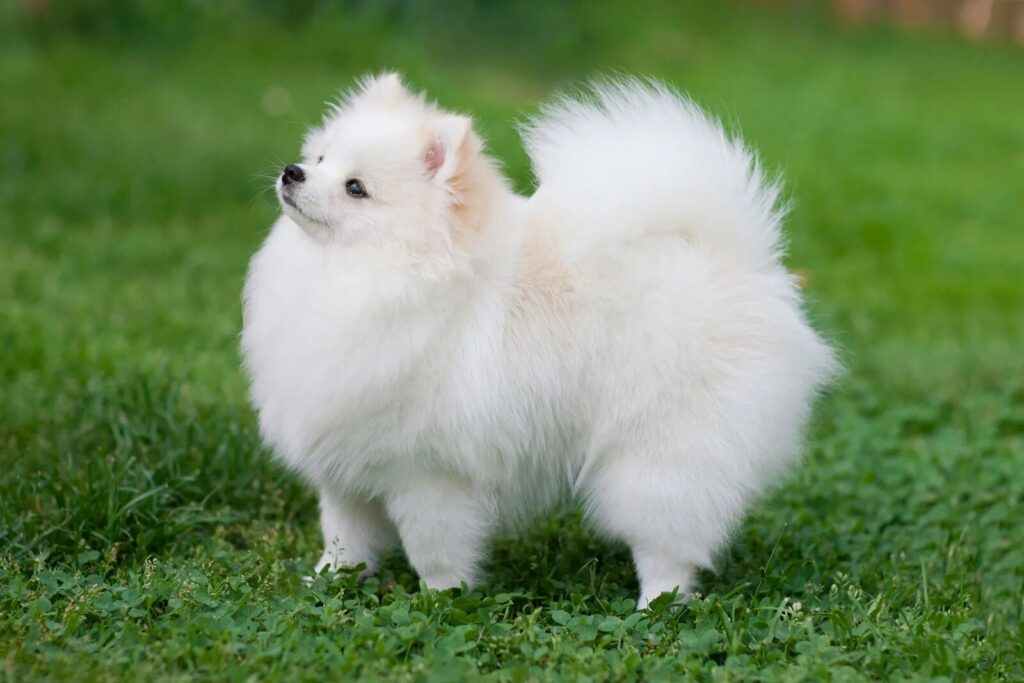
breed and began breeding them herself. She preferred smaller Pomeranians, sparking a trend among the British aristocracy and the public.
Under Queen Victoria’s influence, breeders focused on reducing the Pomeranian’s size. By the time of her death in 1901, Pomeranians weighed only 3 to 7 pounds. This miniaturization happened through selective breeding. Breeders aimed for smaller dogs with fluffy coats and charming personalities.
The Evolution of the Pomeranian
As the Pomeranian dog grew in popularity, breeders refined its appearance. They emphasized its thick double coat, which became a defining feature. The undercoat is soft and dense, while the outer coat is longer and coarser. This combination gives the breed its fluffy look. Grooming this coat became a sign of status and wealth among the upper classes.
The Pomeranian’s fox-like face also became a standard trait. It features small, erect ears and bright, intelligent eyes. These physical traits, along with its small size, made the Pomeranian a perfect lapdog. It adapted well to urban life and apartment living.
The breed’s personality also contributed to its popularity. Despite its size, the Pomeranian dog is bold, curious, and sometimes feisty. Many describe it as having a “big dog” personality in a small body. Pomeranians are confident, alert, and eager to please. Their combination of beauty and spirit made them a favourite among nobility and the public.
Recognition and Standardization
The Pomeranian’s popularity led to its recognition by kennel clubs worldwide. In 1891, the Pomeranian Club of England formed. It established the breed standard, defining traits like compact size, fox-like expression, and a thick coat. The American Kennel Club (AKC) recognized the breed in 1900, solidifying its status.
Throughout the 20th century, the Pomeranian’s popularity kept growing. Breeders refined its appearance and temperament. Modern Pomeranians weigh 3 to 7 pounds and come in many colours, including orange, black, and white. Their striking looks and adaptable nature make them a favourite among dog lovers, show competitors, and families.
Conclusion
The Pomeranian’s history shows its enduring appeal and adaptability. It started as a sturdy working dog in Pomerania’s harsh climates. Over time, it became a beloved companion of royalty and aristocrats. Today, the Pomeranian’s distinctive looks, lively personality, and rich history make it one of the most cherished dog breeds. Whether as a show dog, family pet, or lapdog, the Pomeranian dog continues to enchant people worldwide.
